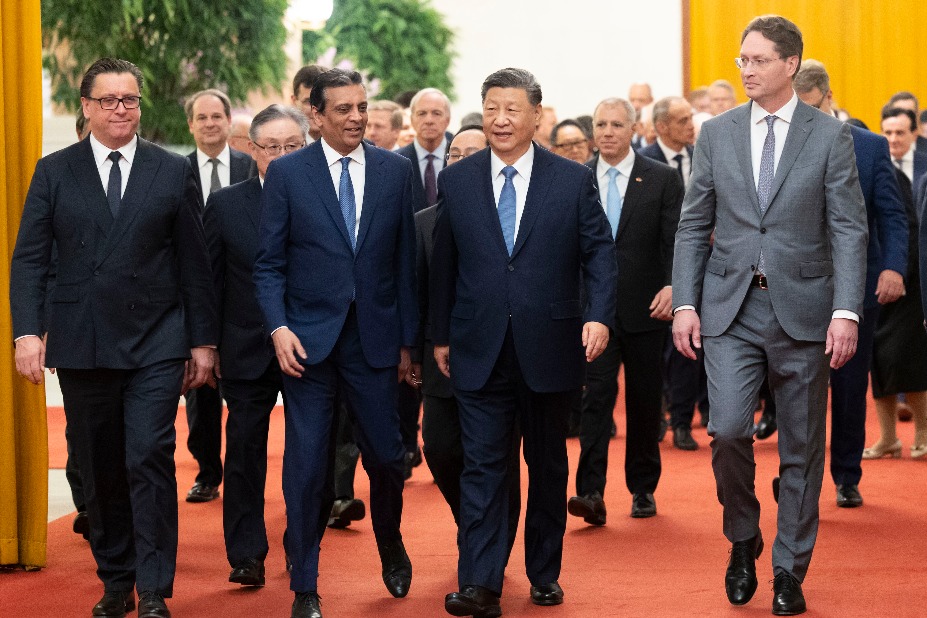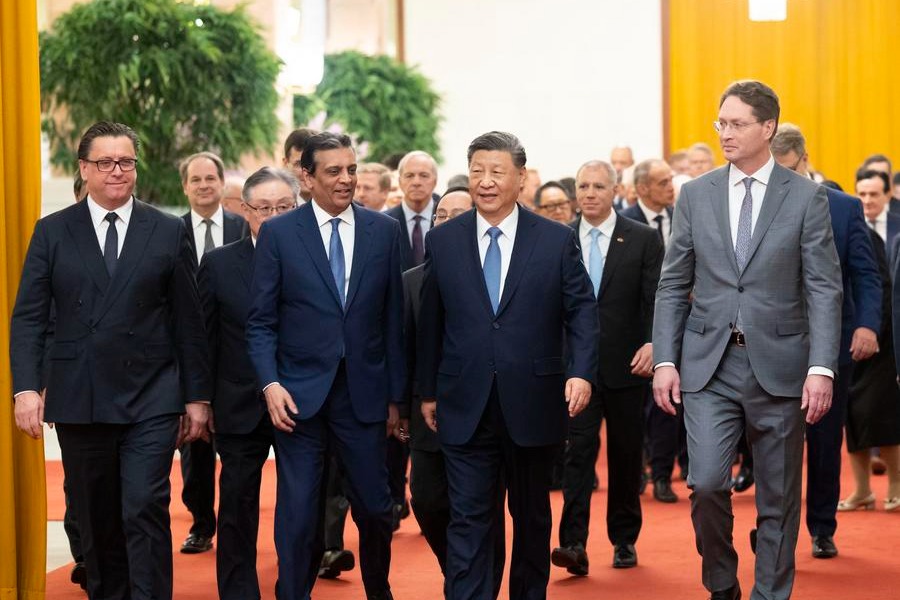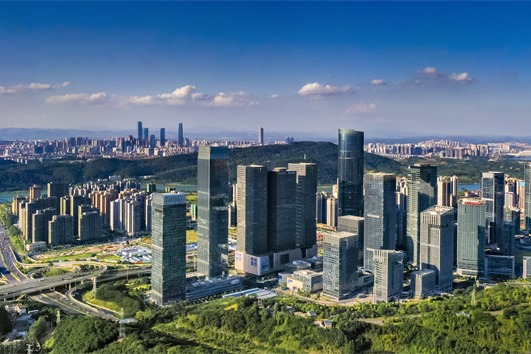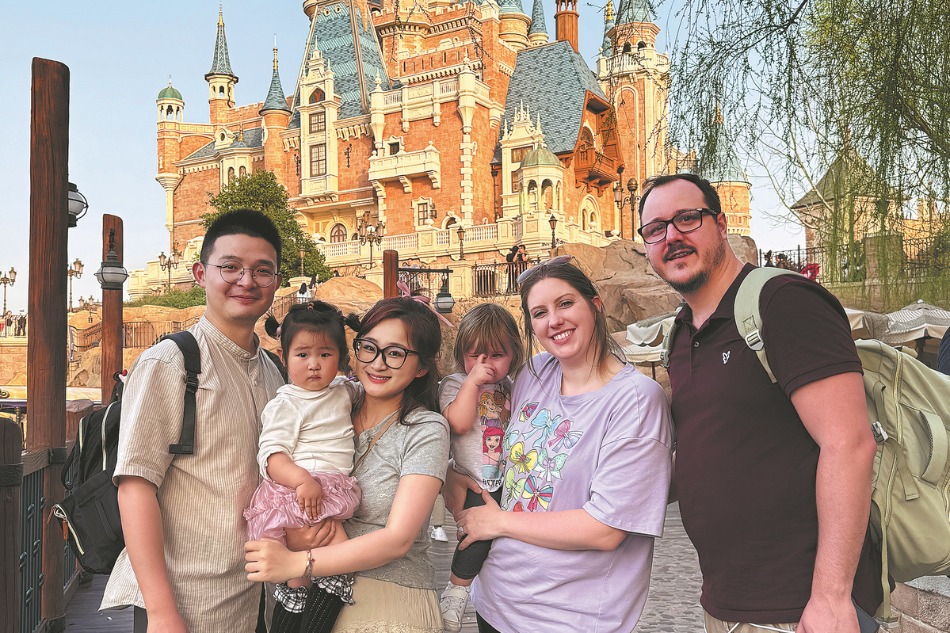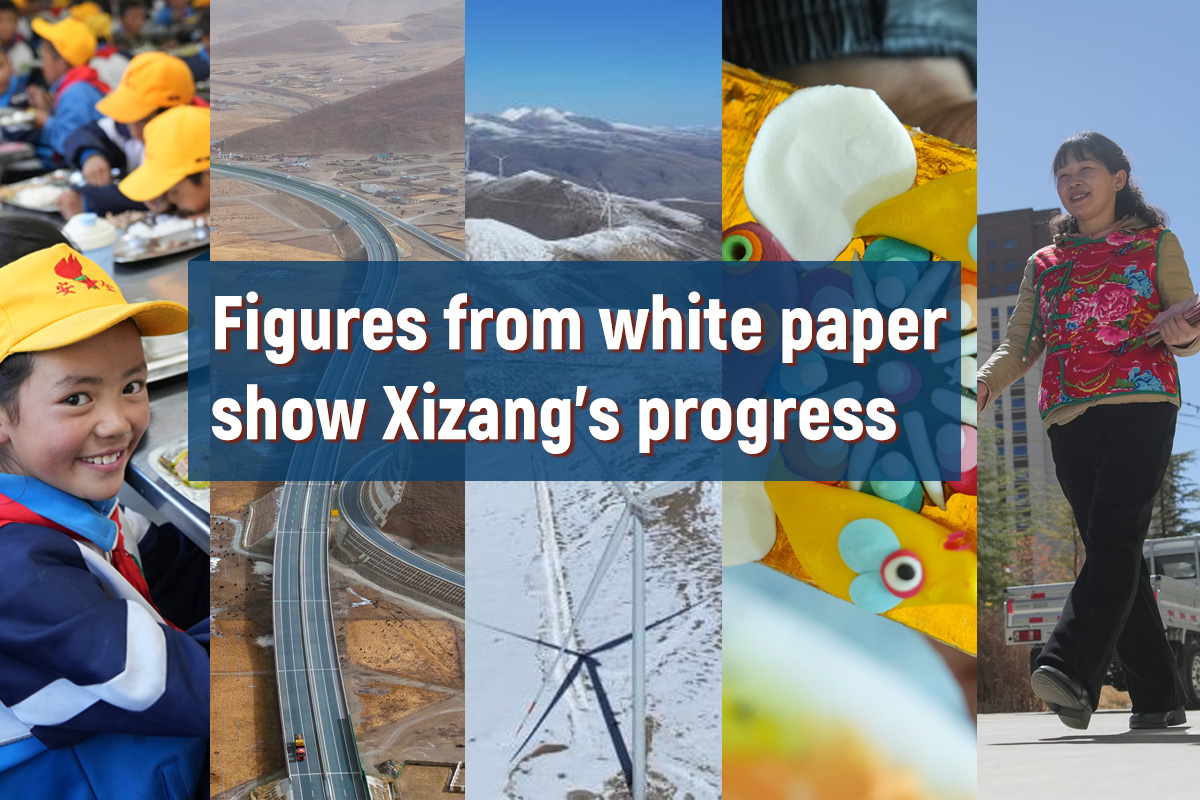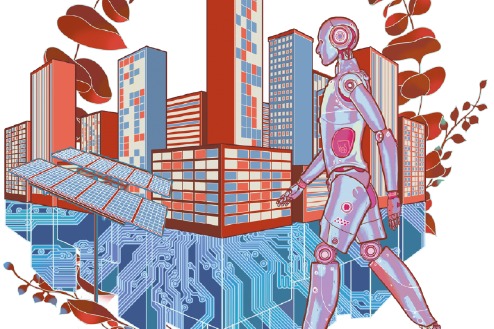Empowerment of Xizang women promotes equality


Thirty years ago, at the opening of the Fourth World Women's Conference in Beijing, China made a solemn declaration: the country will implement a national policy of gender equality. This policy laid the foundation for the synchronized development of women alongside the economy and society, ensuring equal development for both men and women, and fostering the all-round development of women.
China has made significant progress in protecting women's rights, with ethnic minority regions, the Xizang autonomous region in particular, making tremendous strides in advancing the rights of women.
In 2017, Xizang introduced a local regulation on better implementing the law on protection of women's rights and interests. The regulation specifically stipulates that gender equality assessments should be given special consideration when drafting local laws, government regulations and public policies, and eliminates systemic discrimination in local laws and policies at the very inception.
In addition, Xizang has made a women's development plan (2021-25), which has 79 key objectives across eight areas — health, education, economy, participation in decision-making, social security, family building, the environment, and law — and outlines 98 strategies to ensure all levels of government duly protect women's rights.
At the practical level, as of 2024, Xizang has established 696 women's and children's rights protection service centers, three legal aid centers for women and children, and a database of psychological consultation experts. The 12338 women's rights protection hotline operates 24/7, with the authorities putting in place innovative measures, such as the establishment of women's and children's rights protection mechanisms at government service centers and new methods for handling domestic violence calls to better protect women's rights.
Xizang has made tremendous advancements in ensuring girls and women have easy access to education. The central government has always prioritized people's right to education, including women, in Xizang.
The region was the first in China to implement the 15-year free, preschool to high school, education policy. According to the Ministry of Education, Xizang ranks among the top five regions in the country in terms of perstudent funding from kindergarten to university. By the end of 2024, the retention rate of nine-year compulsory education and the gross enrollment rate for high school admission reached 97.86 percent and 91.56 percent respectively.
In addition, in 1985, the government implemented the "three guarantees" education policy for children of herders and urban disadvantaged families, covering their children's basic tuition, and housing and meal costs. In 2024, Xizang allocated 3.25 billion yuan ($447 million) for this policy, which benefited 714,300 students.
The steady improvement in the education level of Xizang people has boosted women's confidence, enabling them to participate in public affairs management. The law guarantees women's participation in political affairs. For example, Xizang has taken measures to ensure the women's rights protection law is implemented in such a way that women make up at least one-third of village (community) representatives in meetings and comprise at least 20 percent of workers' representation.
In 2020, Xizang revised the local rules to implement the Electoral Law of the National People's Congress and Local People's Congresses, and emphasized that the percentage of women in people's congresses at all levels should not be less than 20 percent, with the aim of gradually increasing this percentage. Accordingly, in the 10th Party congress of the Xizang autonomous region, 32.4 percent of the representatives were women. And by 2023, all the administrative villages and communities had women members in their committees, with women making up 22.83 percent of the leadership.
Xizang's women have been increasingly contributing to the region's economy. In 2023, for instance, more than 40 percent of employed individuals in Xizang were women. As a matter of fact, women made up 42.9 percent of the advanced professional workforce.
Besides, thousands of women have been participating in various vocational training programs, including handcraft, weaving, domestic services, incense making and e-commerce, which has raised both their income and economic status.
The protection of women's health rights has also seen substantial improvement. Thanks to sustained national financial support and targeted aid to Xizang, public health services, including basic medical care, maternal-child health, and disease prevention, have improved.
Specific policies, including fully reimbursing the medical expenses for rural women's hospitalization and childbirth, and providing financial incentives have been implemented. In 2024, the hospitalization rate for childbirth reached 99.15 percent, with the maternal and infant mortality rates continuing to fall. Equally important, about 500,000 women in Xizang underwent medical check-ups for breast and cervical cancers, and 60,400 eligible girls received the HPV vaccines.
Moreover, the social security system in Xizang has improved, ensuring vulnerable women receive adequate support, with the government strengthening the social safety net by improving the living standards of poverty-stricken women, as well as elderly women, and raising the urban and rural minimum living standards in Xizang.
The author is a researcher at the Institute of International Law, Chinese Academy of Social Sciences.
The views don't necessarily reflect those of China Daily.

















